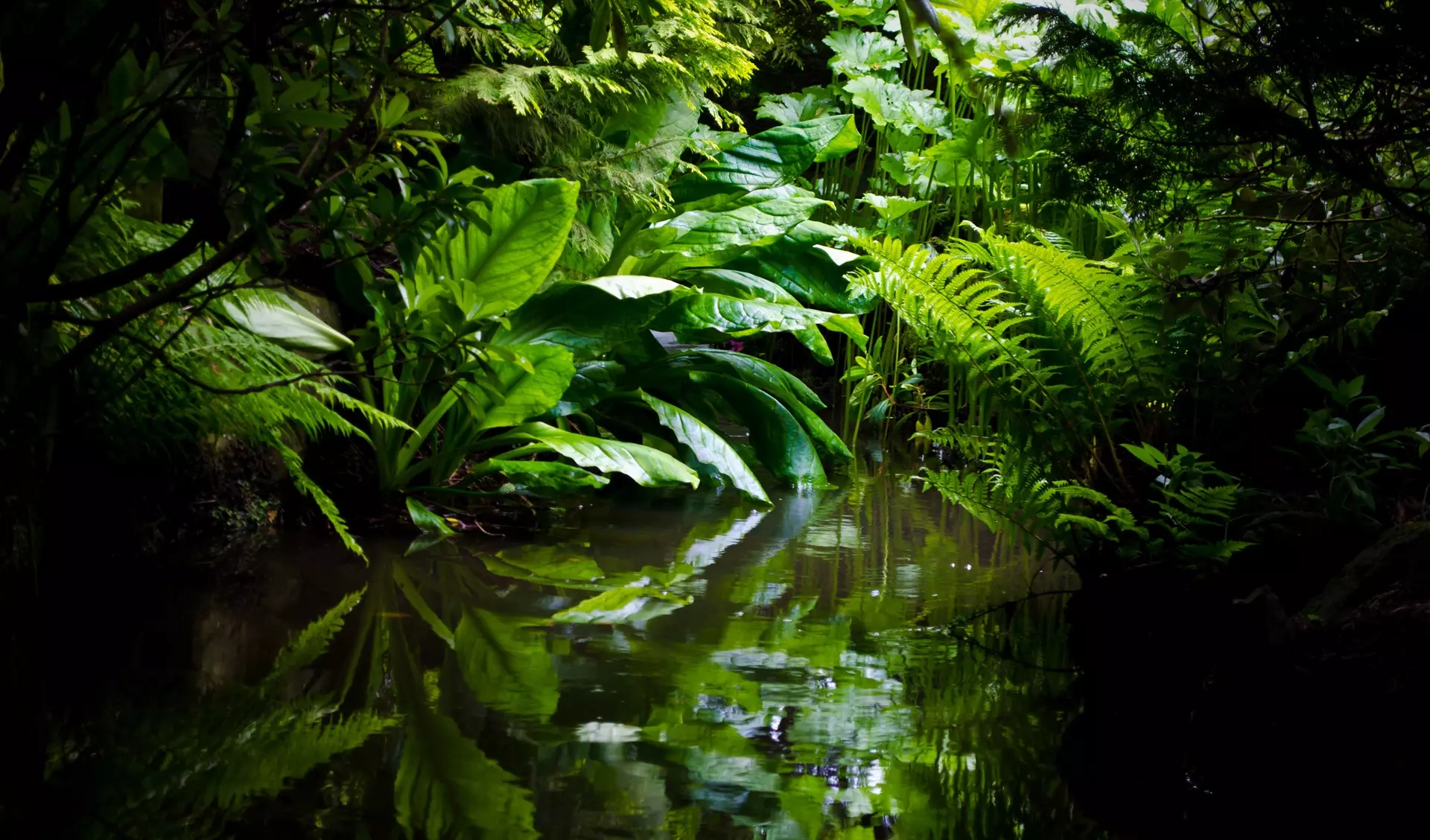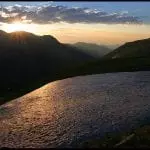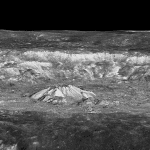Originally posted on Mission Imperative.org
An interesting issue surfaces from time to time. It’s the issue of the location of The Garden of Eden in our present-day Earth. Most biblical footnotes claim, and many professors teach that it is located somewhere in the region of modern-day southern Iraq. But, is it? It could be, but more than likely, it’s not. Perhaps it’s even nowhere near there.
Why not?
First of all, let’s look at why many people believe it’s in Iraq, which contains the greater Mesopotamian region.
There are two major reasons:
- The Tigris and the Euphrates run through this area,
and in various Bible translations, both names are
mentioned in Genesis Chapter 2 as being in Eden. - Archaeological research seems to indicate that
civilization, as we understand it, began in this
region, formerly known as the “fertile crescent”.
Both of the above are true, but on closer examination, these facts yield interesting results. First of all, let’s consider what Genesis actually says.
In chapter 2:10, the Bible states: “And a river went out of Eden to water the garden; and from thence it was parted, and became into four heads.”
Notice that there was just one river in Eden; modern Iraq has two. Furthermore, the one river split into four “heads” or headwaters. Their names were Pison, Gihon, Hiddekel, and Euphrates. The two in modern-day Iraq are not headwaters, and therefore cannot be the same ones found in Genesis.
Additionally, the other places named in Genesis 2: 11-14 (Havilah, Ethiopia, and Assyria) were buried by sediments produced by the flood, so the modern-day Assyria and Ethiopia simply bear the same names, but are not the same places. Besides, consider the distances and the geographical terrain between Ethiopia, Assyria and Iraq.
How could a river flow between them?
How do the seas (the Mediterranean or the Red) come into play here?
Second, let’s revisit the great flood for a moment. If it happened exactly as the Bible says it did, then it would have produced most of the sedimentary, or strata, layers found around the world. These sediments would have buried all former landmarks.
Iraq is no exception. The area of Iraq is about one half million square kilometers, and all of it is composed of sedimentary layers and sedimentary basins. The thickness of the sedimentary formations ranges from 2,000-3,000 meters in the extreme western part of the country, to more than 10,000 meters in the southern and south-eastern part of Iraq all along the Iraqi-Iranian border.
No geologist could exclude any part of Iraq from containing oil or gas in different formations and different geological structures.¹
Therefore, since Iraq:
- is covered in sediments produced by the flood, and
- has vast fossil fuel deposits all over its area also produced by the flood,
then it is only reasonable that the current Tigris and Euphrates could not possibly be the ones mentioned in Genesis. Those would have been buried by the flood sediments, and the current ones are flowing at the top of those sediments. In all likelihood, as mankind grew in numbers, moved eastward, and found a plain in Shinar (Genesis 11:2), they discovered the two modern rivers, and then named them from memories of old—the names of the bodies of water at Eden.
Finally, why then is modern-day Iraq considered to be “the cradle of civilization”? To understand this, consider first where Noah’s ark landed. It came to rest in the mountains of Ararat, just west of Shinar. The Bible states that as men increased in numbers, they moved into the plain of Shinar, which is in modern-day Iraq. It is from this location that God spread them throughout the whole earth (after the events at Babel), each group with its own new language (Genesis 11:7-9). So then, modern-day Iraq is indeed the “cradle of civilization”, but not from the beginning of time—only from the flood onward.
So, where is the Garden of Eden?
It’s impossible to know. It could be anywhere. The earth looks very different now than it did before the flood. The Bible states in 2 Peter 3:6 that the “world that then was” is gone.
Where did it go?
It was overcome by the subterranean water that came pouring out, and was buried under mountains of sediments by the time the terrible disaster of God’s judgment was over.
¹ Source: Al Thuraya Group, Dubai, United Arab Emirates






